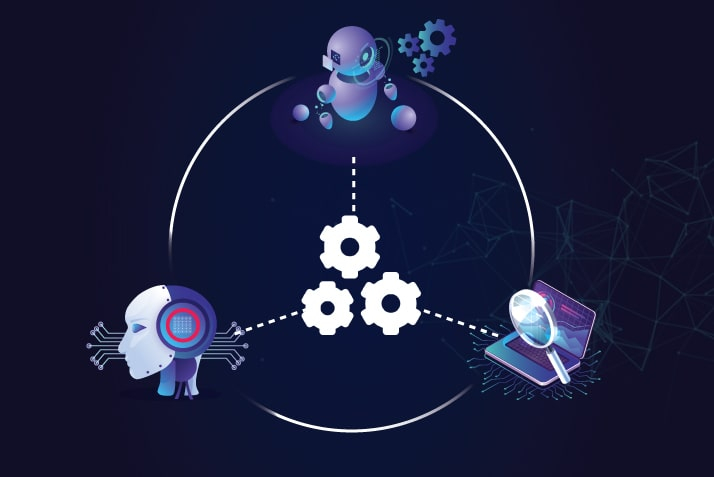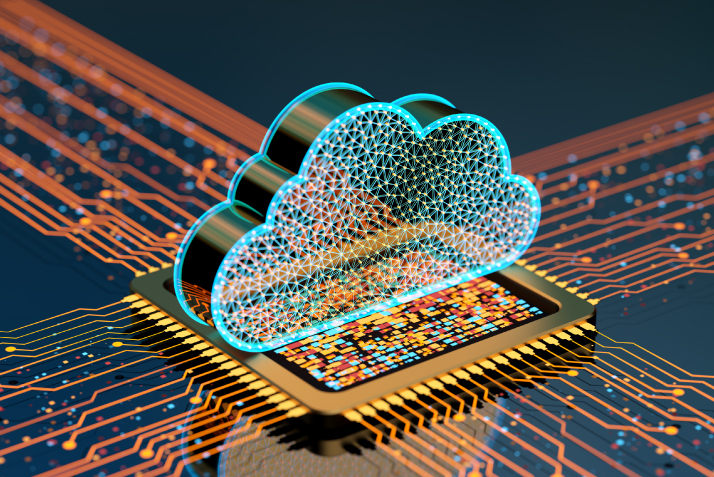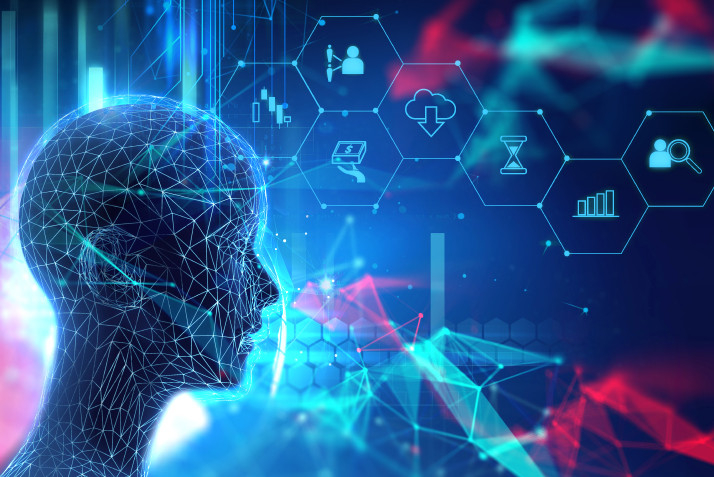An ecosystem of technology and methodologies helps you scale your transformation program
Prelude to Digital first Engineering: In the blog that we published earlier, we touched upon how enterprises should gear up and adopt strategies. We have mentioned how enterprises should begin to create a unique blueprint for evolving their operations to be digital savvy for an enhanced experience. We explained the approach that will enable enterprises to digitize business processes and how to choose the right digital technologies and processes.
In this blog series, we will attempt to share our point of view on how Digital first engineering can facilitate organizations to build a comprehensive implementation path that focuses on transforming business experience across the workplace, workforce, customers, vendors, and other stakeholders digitally.
What is Digital first Engineering?
Digital first engineering is a transformation discipline that will accelerate the Digital first goal of business leaders to deliver end-to-end digital experience. The roadmap to achieving these goals is not just about replacing the old tech stack with the new set of technologies, rather it is a transformational approach that needs to be taken by the enterprise leaders for a complete 360-degree digitalized experience. For example: If you are building a payment solution, then the key objective of the application is to make your customers register and use it as quickly as possible with the least amount of friction, on the other hand, if the customer must reach out to the customer care team for registration, filling the KYC, understanding the features, and so on, then your application misses to offer an interactive customer experience and needs a Digital first approach.
The growing need for a 360° enhanced experience for business
Business leaders should make a conscious choice to take a 360° view of the business and focus on re-laying some of the old processes, effectively use the accumulated wealth of data, and look to being truly transformative through the process and data science that focuses on improving customer, employee, user, and system experience.
A recent study made by Salesforce shows that companies can miss out on 50% Revenue Growth through poor employee experience. This makes it evident that not just the customer experience but other experiences like employee experience can add incremental value to the organization’s overall growth.

Every business wants to deliver better products and services to the customers, some companies do it extremely well (the leaders), and others miserably fail (The laggards), even though they have access to the same amount of capital, talent, and other resources? While the laggards focus on building products and services based on their assumption of customer wants, the leaders deliver products/services to address outcomes for customers for a better experience. The premise of the Digital first goals should be in-line with outcome and experience-driven.
Strong moves for achieving sustainable Digital first goals
Self-Services Experience: According to Harvard Business Review, about 81% of the customers are trying to solve the issues by themselves before reaching out to a customer care executive and therefore organizations must facilitate the trend with more power in the hands of the customers. Streamline self-service portals and knowledge base platforms for customers to find all the necessary information at a single destination.
The key here is not making customers handle issues themselves but providing greater responsiveness for speed and convenience across the omnichannel
- Most of the customers will use mobile or handheld devices and therefore it is important to focus on mobile-friendly technologies, but omnichannel service will continue to be a successful service model.
- WhatsApp, Facebook, and Twitter have their customer support channels for business, integrating them with IVR messages will be key for easier and faster responses.
- Chat systems, help desk, and knowledge base search logs should be integrated to understand customer data better to deliver a more personalized self-service experience.
- AI in self-service, with Natural language processing (NLP) in play, customers can use speech and get support. Computers and mobile devices can process any kind of language and accent to provide the necessary assistance and support.
- Explainer videos and other product/service-related videos will play a major role in grabbing customers’ attention.
- Machine learning and the application of AI can learn and interpret data (users asking questions and people responding) available across various platforms and train themselves to provide better support via assisted service methods.
Assisted Service Experience: While many enterprises are striving for customers to self-serve, the need for dialogue is strong in a host of key circumstances. One of the key things that enterprises will end up doing is establishing a seamless transfer from one service to another which would make the assisted service a true white-glove approach. The key is to transfer the customer journey point data in self-service to ensure a personalized interaction. The critical technology enablers to deliver an exceptional customer experience will be Leveraging the customer journey data and launching conversations based on the context of customer needs.
- Enabling AI-assisted business rules and workflows to ensure the right agents are brought into the picture based on the context of the customer’s need
- Building Integrating Channels to assist the customer falling out of self-service with very little
- Deviation when it comes to contextualizing the needs and making the experience look alike
ML/AI-led back-office automation experience: A McKinsey study mentions that one large universal bank was able to automate 85% of its 900+ end-to-end processes within the back-office and took an experience-led approach across all processes when coupled with AI will have a huge impact on the back-office functions of IT and finance/accounting. Some of the core areas to have short and term success to build efficiency and touchless transactions are
- Order to Cash
- Procure to Pay
- Record to Report
- Hire to Retire
- Expense Management
- Vendor | Partner Management
The evolution of AI, when combined with machine-delivered insights, would enable disruptive change inside an organization, produce true business outcomes rapidly, and vastly improve employee services and customer experience.
Key Take-aways
As business leaders, if you are deliberating on the speed and priority to go completely digital or not, the onset of the pandemic has made things straight. Digital first is imperative and Digital first engineering is the route to achieving it both strategically and systematically. The digital transformation efforts made by enterprises have helped them quickly adopt digital technologies which is the easier part but building a truly Digital first organization requires a complete shift in the culture, thought leadership, and re-imagining of business operations to serve the needs of the users (customers, employees, and partners) for better digital experiences.
In one of the interviews with Forbes, the CEO of iOPEX has clearly outlined that the goal of business leaders should be to connect all four main workflows – customer, employee, IT, and Business with a unified approach to provide customers with an interactive experience. While Enterprises begin to adopt innovative ways to meet the needs to provide a better business experience, leaders have started to incorporate Digital first strategies to stay competitive and accelerate growth. This next topic is on the challenges faced by business leaders while adopting Digital first engineering as a discipline.














